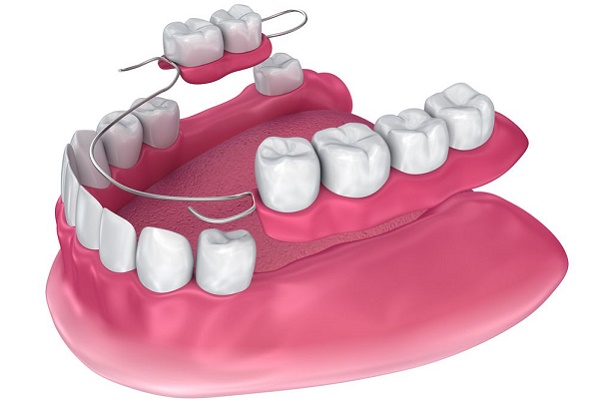
Removable partial Denture Treatment
The shortened dental arch (SDA) concept classically consists of 20 occluding teeth (all upper and lower incisors, canines, and premolars) with missing posterior teeth only being replaced if they are considered necessary for appearance or function. This is seen as an alternative approach to the replacement of all missing teeth with fixed (FDPs) or removable dental prostheses (RDPs). The aim of this systematic review was to synthesise the available knowledge from the dental literature about the effects of distal-extension RDPs on the masticatory performance of subjects with moderate or extreme SDA.
Methods
Searches were conducted in the PubMed/Medline, Cochrane Library, Embase, and Science Direct databases Studies on patients with SDA (3-5 posterior occluding pairs) or extreme SDA (0-2 posterior occluding pairs) and on masticatory performance with RDP were considered. Two reviewers independently screened titles and abstracts of the identified records for relevance and abstracted data.
Results
- 8 studies were included; 4 comminution studies, 3 on mixing ability and one on both comminution and mixing ability.
- Comminution or mixing ability in subjects with (E)SDA was 28-39% lower compared to that of subjects with complete dentitions.
- In two studies, comminution outcomes when chewing with an RDP ranged from 2% to 32% reduction, indicating better chewing function (smaller X50) compared to comminution without the RDP.
- One study reported 28-83% lower mixing ability when chewing at the RDP side than chewing at the dentulous side.
- Generally, more artificial teeth (or longer occlusal platform) in experimental RDPs resulted in better comminution and better mixing ability (significant in four out of five studies), indicating a ‘dose-effect’ relationship.
- 2 of the 8 studies reported on biting force with higher maximum occlusal force for biting with natural teeth than for biting with artificial teeth in a distal-extension RDP.
